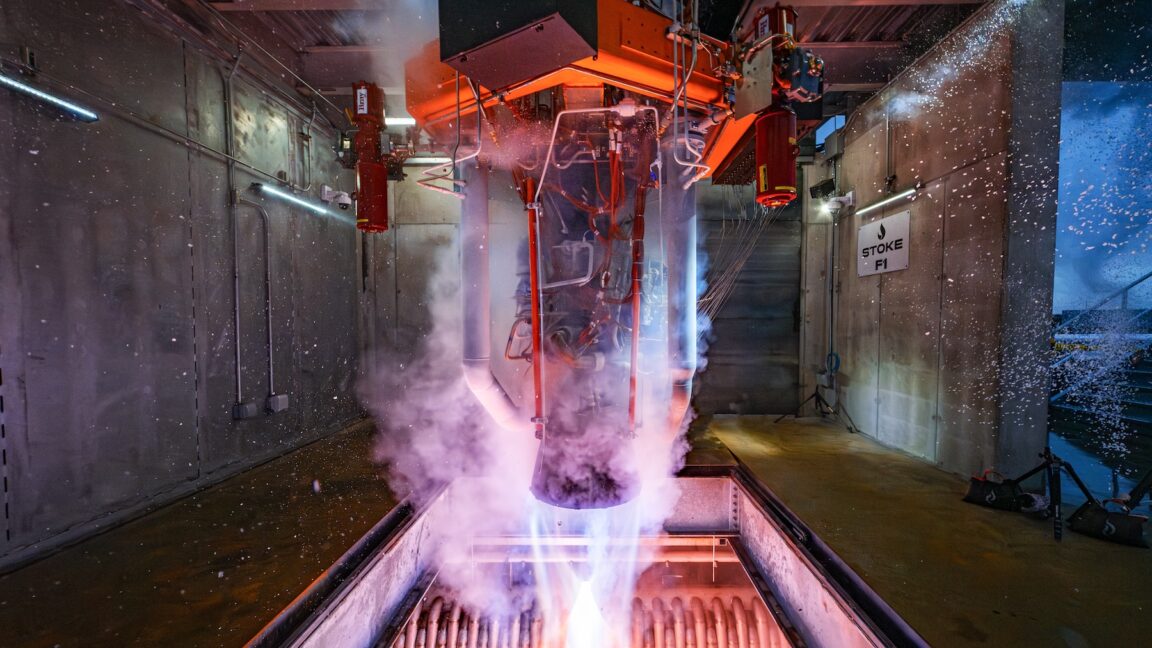China orbits first Guowang Internet satellites, with thousands more to come

The first batch of Internet satellites for China's Guowang megaconstellation launched Monday on the country's heavy-lift Long March 5B rocket. The satellites are the first of up to 13,000 spacecraft a consortium of Chinese companies plans to build and launch over the next decade. The Guowang fleet will beam low-latency high-speed Internet signals in an architecture similar to SpaceX's Starlink network, although Chinese officials haven't laid out any specifics, such as target markets, service specifications, or user terminals. The Long March 5B rocket took off from Wenchang Space Launch Site on Hainan Island, China's southernmost province, at 5:00 am EST (10:00 UTC) Monday. Ten liquid-fueled engines powered the rocket off the ground with 2.4 million pounds of thrust, steering the Long March 5B on a course south from Wenchang into a polar orbit. After shedding four strap-on boosters and the core stage, the rocket's Yuanzheng 2 upper stage ignited to maneuver into the targeted orbit for payload separation. The mission delivered 10 Guowang satellites into an orbit roughly 680 miles (1,100 kilometers) above the Earth, with an inclination of 86.5 degrees to the equator, according to publicly available US military tracking data. The Long March 5B's large core stage, which entered orbit on the rocket's previous missions and triggered concerns about falling space debris, fell into a predetermined location in the sea downrange from the launch site. The difference for this mission was the addition of the Yuanzheng 2 upper stage, which gave the rocket's payloads the extra oomph they needed to reach orbit.









